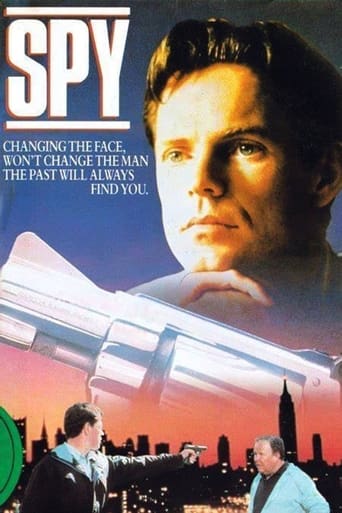

This effort made for cable television is rather vaguely based upon a popular novel by Norman Garbo, with the film's diffused point of view the most obvious separative element from the 1980 original. Bruce Greenwood plays Richard Berk, an American intelligence operative who has become soured on his occupation and has opted to endure plastic surgery in order to have a changed appearance and a new existence away from his agency since he, naturally, would not be permitted to simply resign. He begins a new career as an artist along with a new vocation as advisor to underprivileged youth, but ennui and a strong desire to see his former wife Angela (Catherine Hicks), who had divorced him because of his trade, soon has him heading for a dangerous plight when he discovers that she is being surveilled. After Angela has determined that Richard has only friendly intent toward her, the pair become entangled in what appears to be an attempt to eliminate the newly anonymous spy. Most of the dialogue, penned by director Philip Messina, is engaging and even when predictable does not seem hackneyed, thanks to able acting, but it seldom serves as appropriate commentary for the action that is largely improbable in a plot filled with holes. As is too often the case with cinema based upon any element that includes espionage, there is precious little realism introduced into the screenplay, as an imperfect sense of that shadowy game leads to fantasy. Catherine Hicks performs splendidly as one who desperately tries to understand what might be causing her feelings of anxiety that she is powerless to overcome, easily garnering the film's acting honours with her highly expressive face and eyes, and Greenwood, Michael Tucker and Tim Choate are also convincing in a well-cast production. Director Messina generates moments of suspense during the opening scenes, and valuable contributions come from Johnny Jensen (cinematography), Woody Crocker (art design), David Handman (editing) and Shelley Komarov (costumes), but a more rigorous standard of control is required to offset plotting deficiencies.
... View More